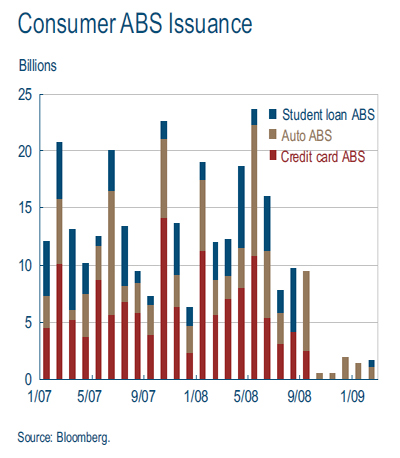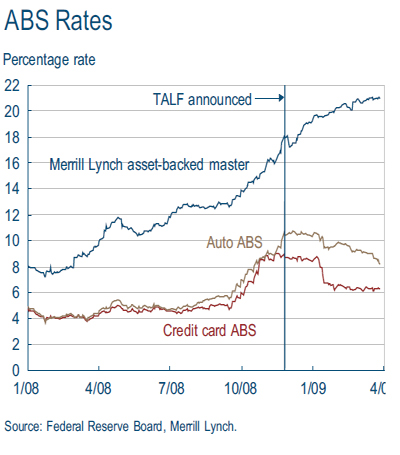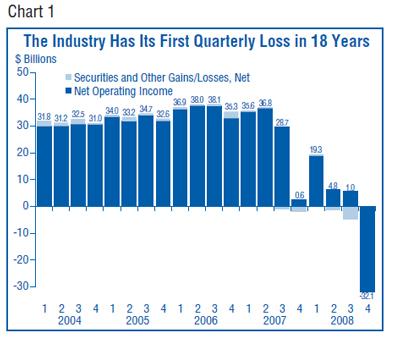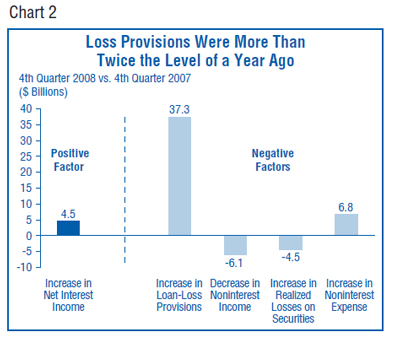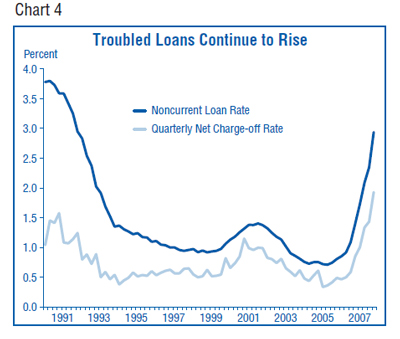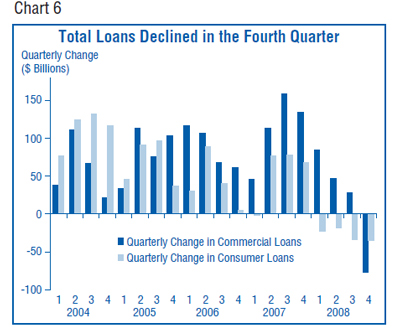Dr. Abraham Lioui of EDHEC has released a paper on the effectiveness of the much-ballyhooed short sales ban:
An in-depth study of the short-selling market calls into question both the reasons for the decision to ban short selling and the prejudices that weigh on those who short. According to recently published data (for the United States in particular), a large majority of short sellers are market makers who are hedging their bets on the options markets. They were not affected by the ban, which means that those who were using options to take synthetic short positions continued to do so. The others involved in short selling are mainly hedge funds. The average return over the last ten years for hedge funds that used short-sale, convertible arbitrage and long/short strategies was 3%, 4.75% and 7.00% respectively (Le Sourd 2009). One can hardly argue that they were over-informed and that they earned abnormal returns.
As a result, short sellers perhaps did not really merit the punishment that, by simply banning the shorting of the shares of financial institutions, the market authorities recently meted out. It also seems (and this study confirms it) that the shares that were the object of the ban were relatively unaffected by it. All the same, this drastic measure cast the market authorities in a particularly negative light. After all, the reasons for this measure are unclear, a lack of clarity that adds to the bewilderment of the market. The market, of course, reacted accordingly. The ban on short selling was followed by a sharp rise in the volatility of the markets, and on the stock markets concerned the impact of the ban was systematic; the impact on volatility was greater than that of the financial crisis. In general, the risk/return possibilities of investors worsened.
And although it is hard to substantiate the impact on the volatility of the shares, the rise in the volatility of these shares, which is undeniable, is a result of the rise in idiosyncratic risk and thus of the noise in the markets. As a consequence, share prices deviate yet more from their fundamental value. Finally, the desired effect on market trends has not been achieved (no reduction of the negative skewness of returns is being observed) and there is no evidence of the possible impact of this measure on extreme market movements. What is clear is that stock market indices now have components that are subject to different rules, differences that make them even less representative and relevant.
Broadly, the market seems to have reacted negatively to this ban; it views it as indicative of a deviation of the market authorities from their primary mission. It seems that these authorities are unable to manage the over-the-counter short sale market. The message for small investors is pessimistic as well. Finally, rather than opting for this facile response, greater efforts to democratise this market and to increase its transparency should perhaps have been made.
A lot of this is beside the point. The purpose of the short-selling ban was to demonstrate that regulators were Doing Something and Taking Decisive Action and Providing Adult Supervision. It succeeded admirably; no regulator has yet lost his job for not doing any of those things and public opprobrium is concentrated on Evil Bankers.
The IIROC report on the short-selling ban has been previously discussed on PrefBlog.




